Final report for ONC15-005
Project Information
ABSTRACT
Diverse Agroforestry (DA) systems offer many benefits for farmers and society. Despite the increasing implementation of these systems at relatively large scales, there has been no rigorous on-farm evaluation of the impact of various management strategies on their performance, pest issues, and benefit to pollinators. The inherent complexity of DA systems makes effective research and outreach difficult, especially when working with a distributed network of farms. Four collaborating Midwest farmers in the Savanna Institute’s Case Study Program partnered with Savanna Institute staff and an entomologist intern to evaluate the growth of DA systems across a range of management strategies, identify baseline pollinator communities, and monitor crop pathogens. To disseminate results, a multi-faceted education and outreach approach leveraged timelapse videos, on-farm field days, and a digital/printed bulletin. Results of growth data suggest that management approaches have a dramatic impact on crop survival and growth. Weed control and disease management seem to be the key factors driving growth differences. Fungal pathogens were the dominant pests observed in the DA systems across farms. Although no pathogens were documented that are novel to the North Central Region, the catalogued pests will provide future farmers with key monitoring target within the DA crops. The high average abundance of arthropods observed in DA systems suggests that, even early in their life cycle, DA systems host bees and other pollinators better than row crops while yielding a diverse set of high-value crops compared to hay.
BACKGROUND
Diverse Agroforestry (DA) systems integrating fruit, nut and forage components have potential to restore ecosystem services while simultaneously providing economically viable and nutritionally valuable staple-food crops at industrial quantities. Despite the increasing implementation of these systems – with core crops such as hazelnut, chestnut, currant and apple – there has been no rigorous on-farm evaluation of the impact of various management strategies on the growth and yield of these systems. Furthermore, many of the component crops driving the adoption of DA systems are relatively novel to the Midwest. Little is known about the pests/pathogens of these crops in this region, especially in a DA context. Although DA systems are inherently diverse, and mature agroforestry systems are known to increase diversity of arthropod communities, very little is known about the potential of young DA systems to foster arthropod diversity.
The Savanna Institute initiated a Case Study Program in 2014 to aid and learn from farmers establishing DA systems. Farmers in the Case Study Program voluntarily document cash flow, labor, inputs, and management techniques in their DA enterprise. This project is an extension of the Case Study Program, working more deeply with four dedicated farmers to explore specific research objectives on the performance, pests, and pollinators in DA.
RESEARCH
Objective 1: Evaluate the growth and yield of DA systems across a range of management strategies.
Objective 2: Identify baseline pollinator communities present in and interacting with DA systems compared to adjacent land-uses.
Objective 3: Identify & monitor pests affecting the novel woody perennial crops in DA systems
OUTREACH
Objective 1: Document the establishment & growth of DA systems via time-lapse photography
Objective 2: Distribute results via printed materials, online media, and field days
Cooperators
Research
Farms
Four farms were selected from existing Case Study farms to conduct more intensive research and outreach under this project based on:
- DA System Similarity: Cooperating farms contain DA systems of similar composition.
- Management Strategy: One farm was selected for each of the following management strategies: High-Input, High-Labor; Low-Input, High-Labor; High-Input, Low-Labor; and Low-Input, Low-Labor.
- Location: Farms were selected to minimize travel.
Collaborating farmers included:
- Cathe Capel – Vulcan Farm – Champaign County, IL (High-Input, High-Labor)
- Kate Potter – Sun Dappled Farm – Peoria County, IL (Low-Input, Low-Labor)
- Marcia Powell – Lockie Farm – Champaign County, IL (Low-Input, High-Labor)
- Scott Williams – Fields Restored – Ogle County, IL (High-Input, Low-Labor)
The DA systems on each farm included rows of fruit and nut trees and shrubs with alleys of grass or alfalfa hay. Farms were established between 2013 and 2015. Collaborating farmers were expected to spend approximately two hours per week collecting on-farm data associated with this project, in exchange for an honorarium. Representative photos from each for the four collaborating farms are shown in Figure 1.
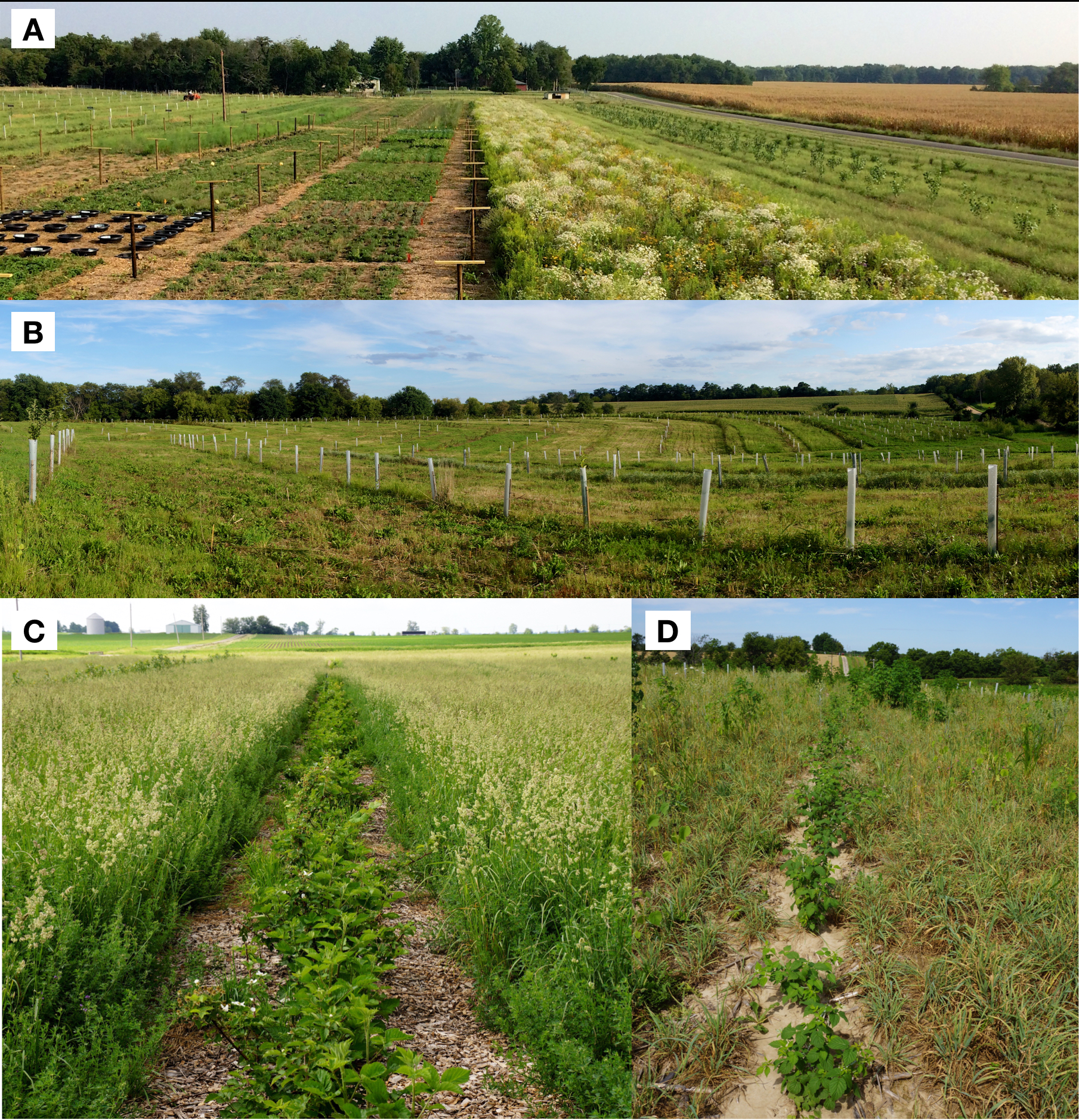
Figure 1. Representative photos from each for the four farms studied in this project: (A) Vulcan Farm, (B) Fields Restored, (C) Lockie Farm, and (D) Sun Dappled Farm.
Crop Performance
Small yields were obtained across all collaborating farms during this project due to their young, establishing nature (Figure 2). Most of the core productive crops emphasized at each farm were not yet of bearing age during this project. Consequently, we opted to focus on plant growth rather than plant yields as our primary metric for performance. Accurately quantifying woody crop growth is difficult for farmers. To accomplish this goal, the Savanna Institute field research intern measured growth annually via stem diameter measurements using a digital caliper. This growth data, in conjunction with farmer censuses of plant survival, offered insight into crop responses to management in DA systems. Below we present, several different experiments of crop performance as a function of three critical tools: management regime, variety selection, and tree protection.
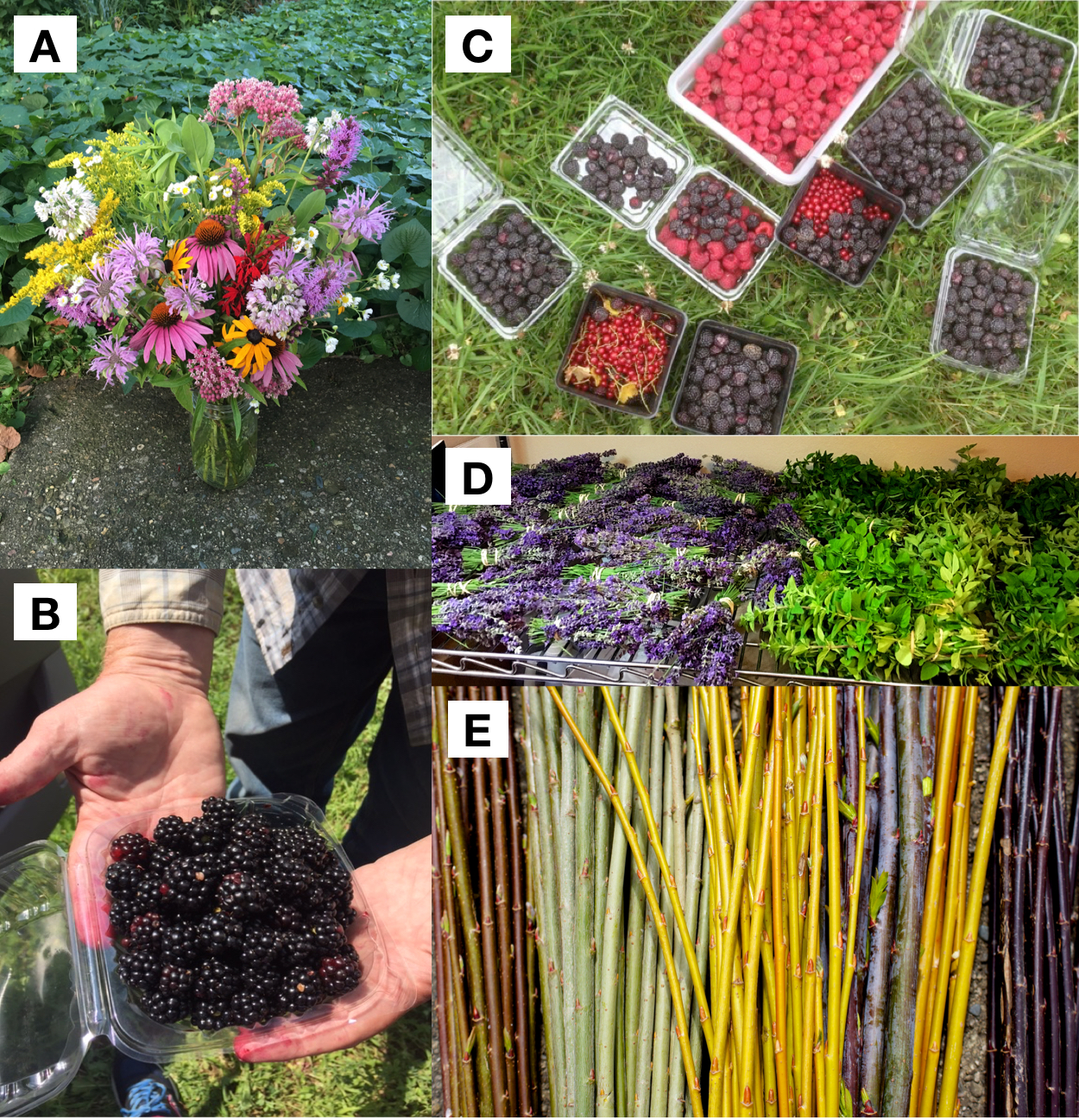
Figure 2. Representative yields from four farms with young, establishing diverse agroforestry systems, including (A) cut flowers, (B) blackberries, (C) raspberries, (D) culinary herbs, and (E) cut floral stems.
Management approach
The most common and highest priority questions that the Savanna Institute receives from Case Study farmers all relate to management of crops after establishment. Case Study farmers adopt a wide range of management regimes, ranging from low to high labor (e.g. mulching, pruning) and low to high inputs (e.g. fertilizer, herbicide). The four collaborating farms studied in this project span this spectrum and can provide some general insights into optimal management of DA systems.
The relative growth of four selected species that were present on all collaborating farms – apple, Chinese chestnut, hybrid hazelnut, and hybrid poplar – is presented here. Throughout the duration of this project, relative basal stem area growth ranged from -100% (wholesale death) to 800% (Figure 3). Data from the low-input, low-labor farm were not collected at the end of the project because most plants had either died or were impossible to find among the weeds present on the farm. This is an important first conclusion, in that combining both low-input and low-labor management approaches proved highly unsuccessful as weeds completely took over. In a similar light, overall results from the high-input, high-labor farm were not dramatically better than when just high-input or high-labor were applied singularly.
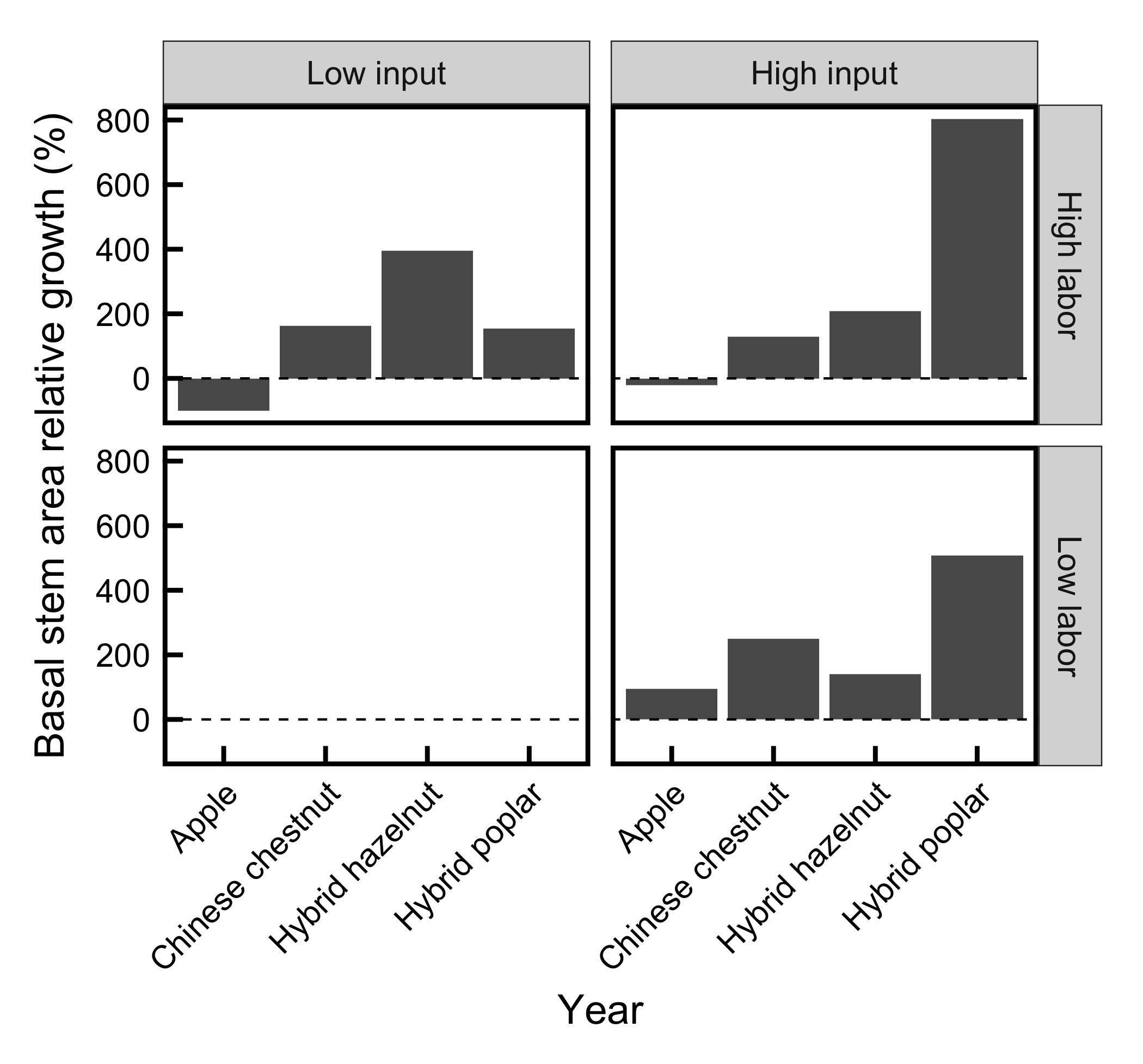
Figure 3. Relative growth in basal stem area for selected species across the four collaborating farms. Farms are classified by their management regimes.
For apple, both Vulcan farm and Lockie Farm experienced wholesale graft failure, resulting in smaller plants at the end of the project. Fields Restored, however, has not yet attempted to graft their apples, so growth was still positive. Chinese chestnut growth was similar across farms. Despite the high-input, high-labor approach at Vulcan Farm, chestnuts did not grow any faster than the other farms. Several environmental factors, such as drought and flooding at various times, may have contributed to this, suggesting that environmental factors can trump even the best management depending on the species and scenario. Hybrid hazelnut growth was higher in the low-input farm compared to the other two high-input farms. This may be the result of fertilizer stunting growth in the hazelnuts, which has been documented in previous studies. This reiterates that management must species-specific; not all tree/shrub species have the same requirements or responses. Finally, hybrid poplar was the only species for which the high-input, high-labor approach at Vulcan Farm contributed to dramatically improved success. Hybrid poplar is an extremely fast-growing species that is highly responsive to fertilizer inputs and reduced competition. For this reason, hybrid poplar growth seemed to increase with any increases in management intensity.
Variety selection
Before a farmer even has the opportunity to manage their plants for optimal growth, much of a plant’s density has already been determined genetically. While variety selection is wildly known to be critical for disease resistance, fruit quality, and yield, it is less often thought of as fundamental to plant establishment and growth. Here, we used chestnuts at Lockie Farm as a case study of the impact that genetics have even in the early years of plant growth in DA. Basal stem area varied significantly across ten Chinese chestnut varieties by the end of the project (Kruskal-Wallis, p < 0.001) (Figure 4). Overall, there was a two-fold range in basal stem diameter after just two years of growth. These results suggest that variety selection could play an even larger role than plant management in the successful establishment and early growth of trees in DA systems.
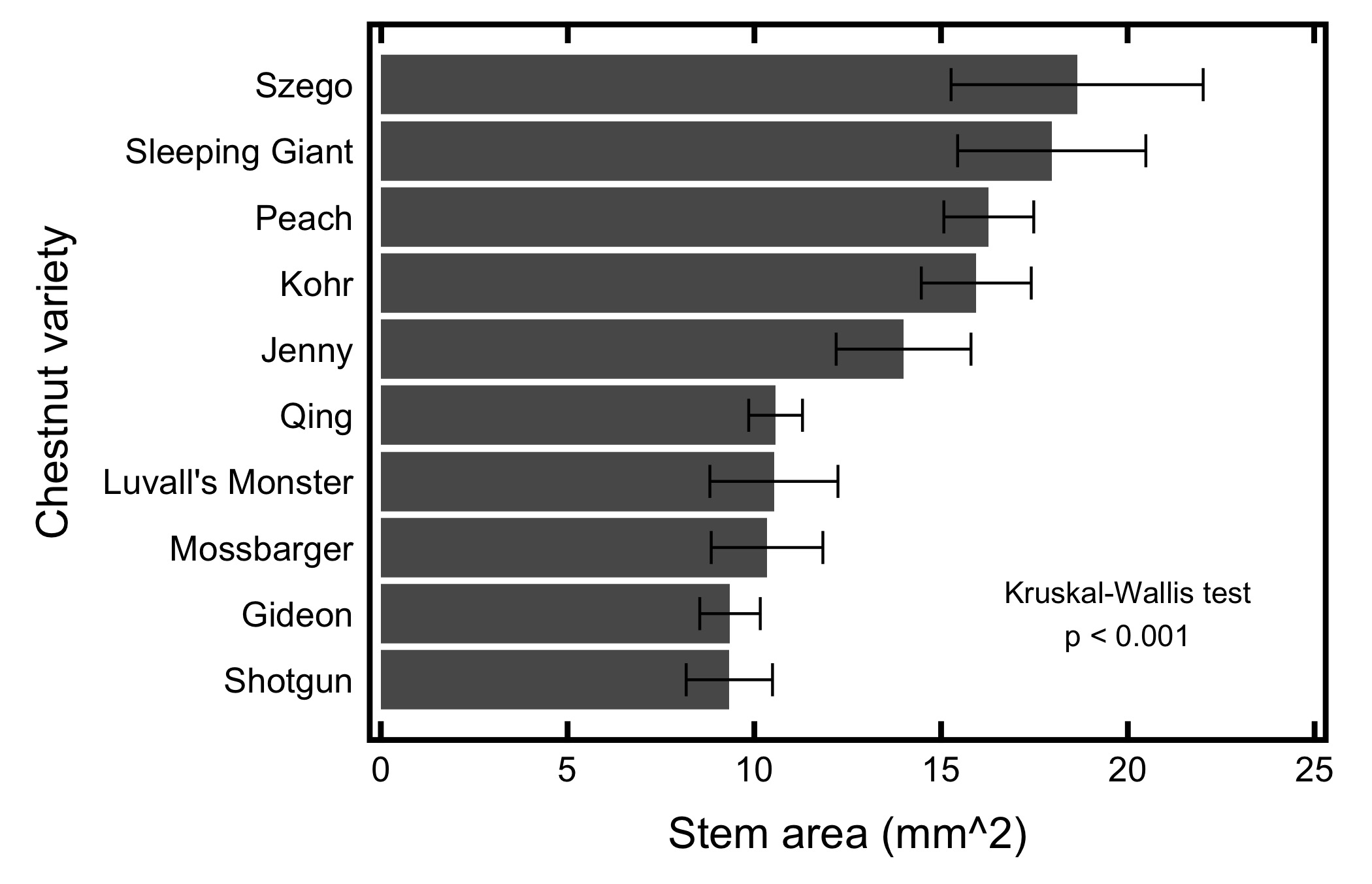
Figure 4. Basal stem area of ten Chinese chestnut varieties at the end of the project.
Tree protection
One critical aspect of crop management in the early years of DA systems is tree trunk protection from herbivore damage. This is by far the most common management technique adopted by Case Study farmers to date. Here, we used hybrid poplar on Vulcan Farm (the farm with the highest deer pressure of all collaborating farms) as case study of the impact that tree protection with plastic tree tubes has on plant health. While farmers typically think of tree tubes as protecting trees from deer browse, hybrid poplar grow so rapidly that their growth tips are typically out of deer range quite quickly. Instead, the primary issue with deer encountered at Vulcan Farm was deer antler rubbing on the poplar tree trunks. Since the hybrid poplar were by far the largest trees on the young farm, the deer directed the brunt of their rubbing on them.
The frequency of severe deer antler rubbing on hybrid poplar was dependent on the use of 4’ plastic tree tubes (X2 = 56.8, df = 3, p < 0.01) (Table 1). Even though much rubbing was observed above 4’ on trees without tubes, there was no severe rubbing on any trees with 4’ tree tubes (Figure 5). This indicates that, beyond physical protection of the tree, the tree tubes also act indirectly to deter the deer from rubbing. Our best guess is that the noise created by the plastic tubes when the deer attempt to rub on those trees is at play here. For trees without tree tubes, there was a high frequency of severe deer antler rubbing across pruning approaches, although the damage frequency was higher in trees that had all branches pruned in the fall (71%) than in trees that had no pruning (44%). There is a clear interactive effect between no tree tube and pruning approach. With no pruning, the hybrid poplar trees had many lateral branches, even as low as 2’ off the ground. The fall pruning approach to prune all lateral branches was initiated by the farmer to see if this would encourage the trees to grow taller more quickly. However, it seems that pruning off the lateral branches made the trees much more appealing for antler rubbing. This is likely because the lateral branches can be uncomfortable to the deer as they rub, possibly poking them in the eyes or other uncomfortable places.
Table 1. Frequency of severe deer antler rubbing over the 2016-2017 winter season on 2-year-old hybrid poplars under different management practices at Vulcan Farm.

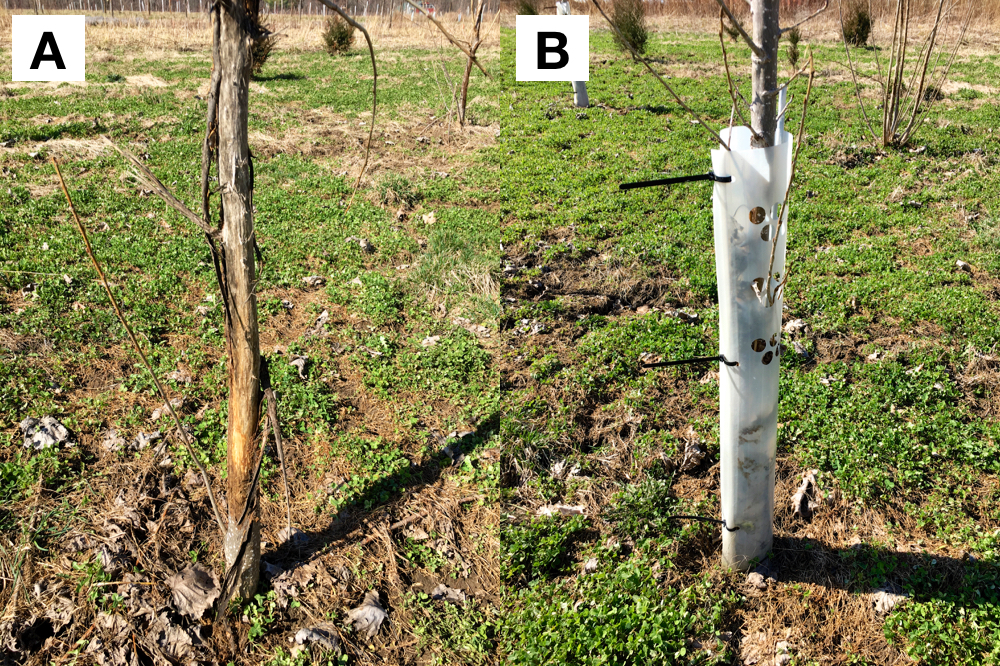
Figure 5. Hybrid poplar tree (A) without protection from deer rub was completely girdled during the winter, whereas trees (B) with protection via 3-foot plastic tree tube.
Plant Pathogens
Each of the four collaborating farms was visited monthly by the Savanna Institute’s field research intern during the 2015 and 2016 growing seasons (typically May-September) to scout for and collect samples of plant pests (Figure 6). Farmers aided in the scouting using their observations of crops during the prior month. The lack of substantial insect pests observed on crops across all collaborating farms lead us to focus primarily on plant pathogens as the primary pests in DA systems. No substantial differences in pathogen abundance were observed across the collaborating farms, so all results were pooled here. Collected samples of diseased plant tissues were submitted to the University of Illinois Extension’s Plant Clinic for identification.
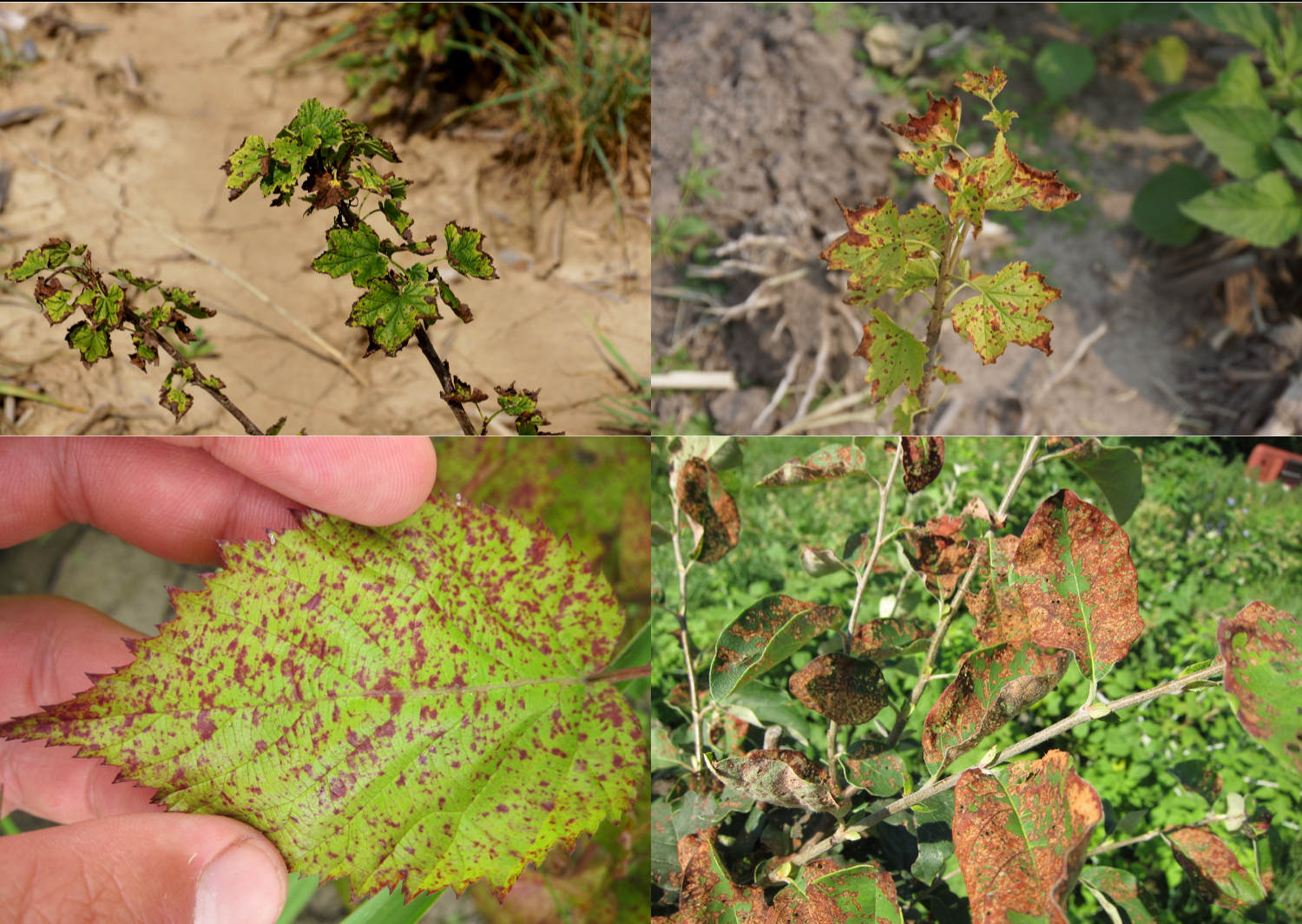
Figure 6. Examples of pathogen damage on four farms with young, establishing diverse agroforestry systems.
In total, 17 pathogen species were observed on 11 plant species across all farms (Table 2). All observed pathogen issues were fungal diseases. Fungal diseases may be exacerbated in DA systems due to the relatively high density and multiple layering of crops, which can decrease airflow. Reduced airflow is a major contributor to fungal disease pressure. In addition, the spring seasons of both 2015 and 2016 experienced abnormally high precipitation at all studied farms, which can also exacerbate fungal disease issues. Nevertheless, all observed pathogens have previously been observed in the North Central Region; no unexpected pathogens were observed. However, few pathogens were observed at more than one farm, indicating that there is high variability across environments and management regimes.
Table 2. Plant pathogens observed on four farms with young, establishing diverse agroforestry systems.
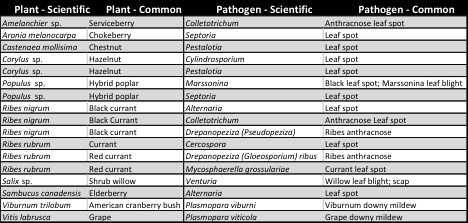
Arthropod Diversity & Abundance
Each of the four collaborating farms was visited monthly by the Savanna Institute’s field research intern during the 2015 and 2016 growing seasons (typically May-September) to collect samples of baseline pollinator communities in DA. Samples were collected from the DA systems on each farm as well as 2-3 other ecosystem types nearby: hay, row crops (maize or soybean), and forest (Vulcan Farm and Fields Restored only).
To assess the insect communities present in each system, we used a pan trapping transect method. Pan trapping uses small plastic bowls painted blue, white, and yellow to mimic bee-pollinated flowers. Bowls are filled with slightly soapy water to collect insects that enter the traps. While pan traps are targeted at bees, they also capture a range of flower-visiting insects in other taxa. As a passive technique, pan trapping minimizes collector bias in bee sampling and requires relatively minimal labor. Because pan trapping is based on visibility by target organisms, traps must be elevated to the height of surrounding. When vegetation was tall, this was achieved by using tape to attach bowls to sturdy stalks (Figure 7A). Pan traps were laid in straight transects of 15 bowls, laid 5 m apart (Figures 7B and 7C). Once samples were returned to the lab, the Savanna Institute’s entomologist intern sorted, preserved, and identified all collected arthropods to the order level using a dissecting microscope.
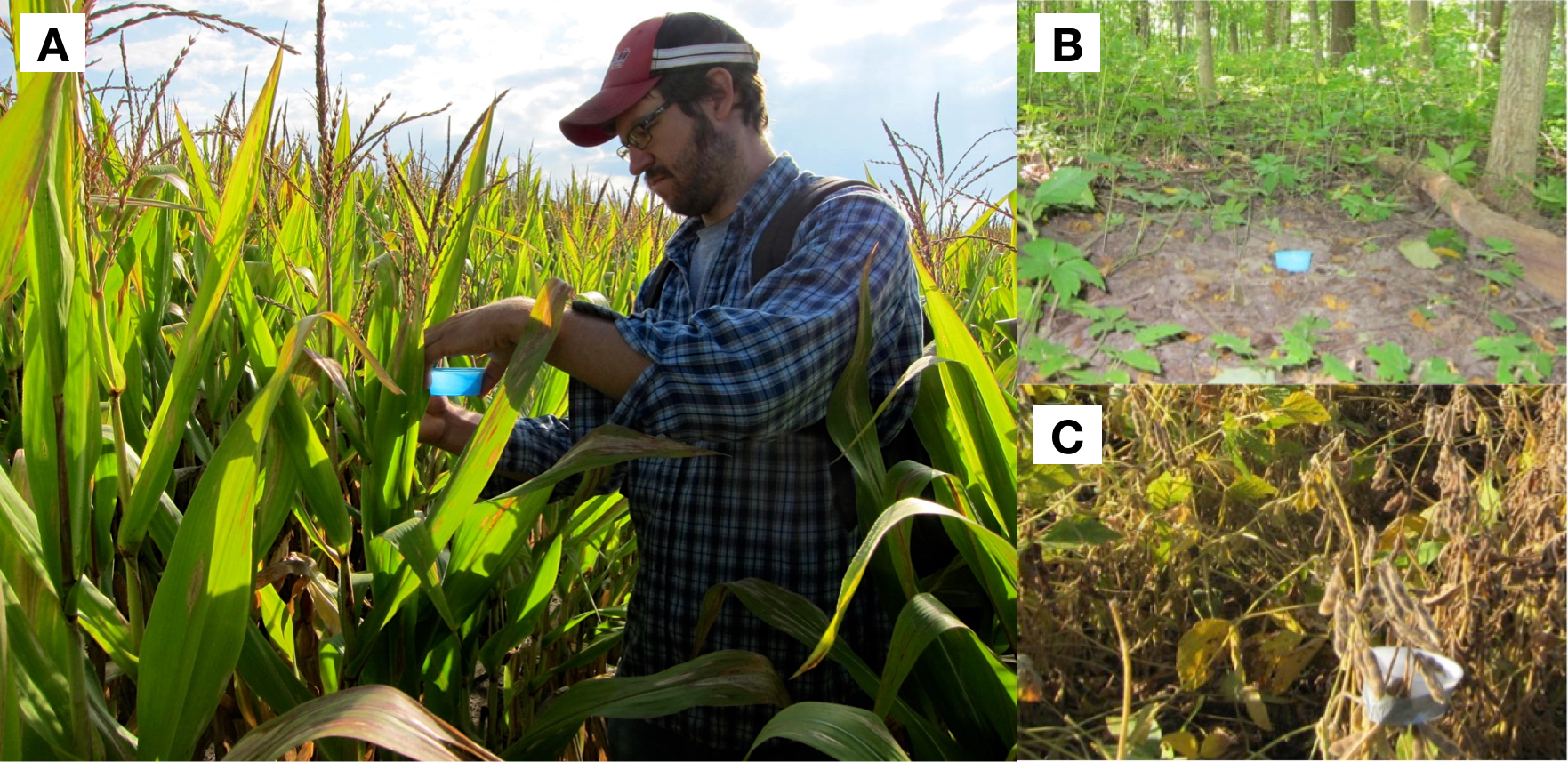
Figure 7. To sample pollinators in the various land-use systems, (A) bowl traps were set out in the morning and recollected at the end of the day. Example bowl traps in (B) forest and (C) soybean are also shown.
Over 13,500 arthropods were collected across all systems from 29 site-months throughout the project. Arthropods from the following 10 orders were collected and catalogued: Anthophila, Aranae, Coleoptera, Collembola, Diptera, Hemiptera, Hymenoptera, Lepidoptera, Orthoptera, Thysoptera. As a measure of overall arthropod diversity, the mean number of arthropod orders present in pan trap samples was calculated for each land-use system (Figure 8). The DA and hay systems had significantly higher diversity at the order level than the row crop systems (ANOVA & Tukey’s HSD, p < 0.01). There were no significant differences between any other land-use combinations.
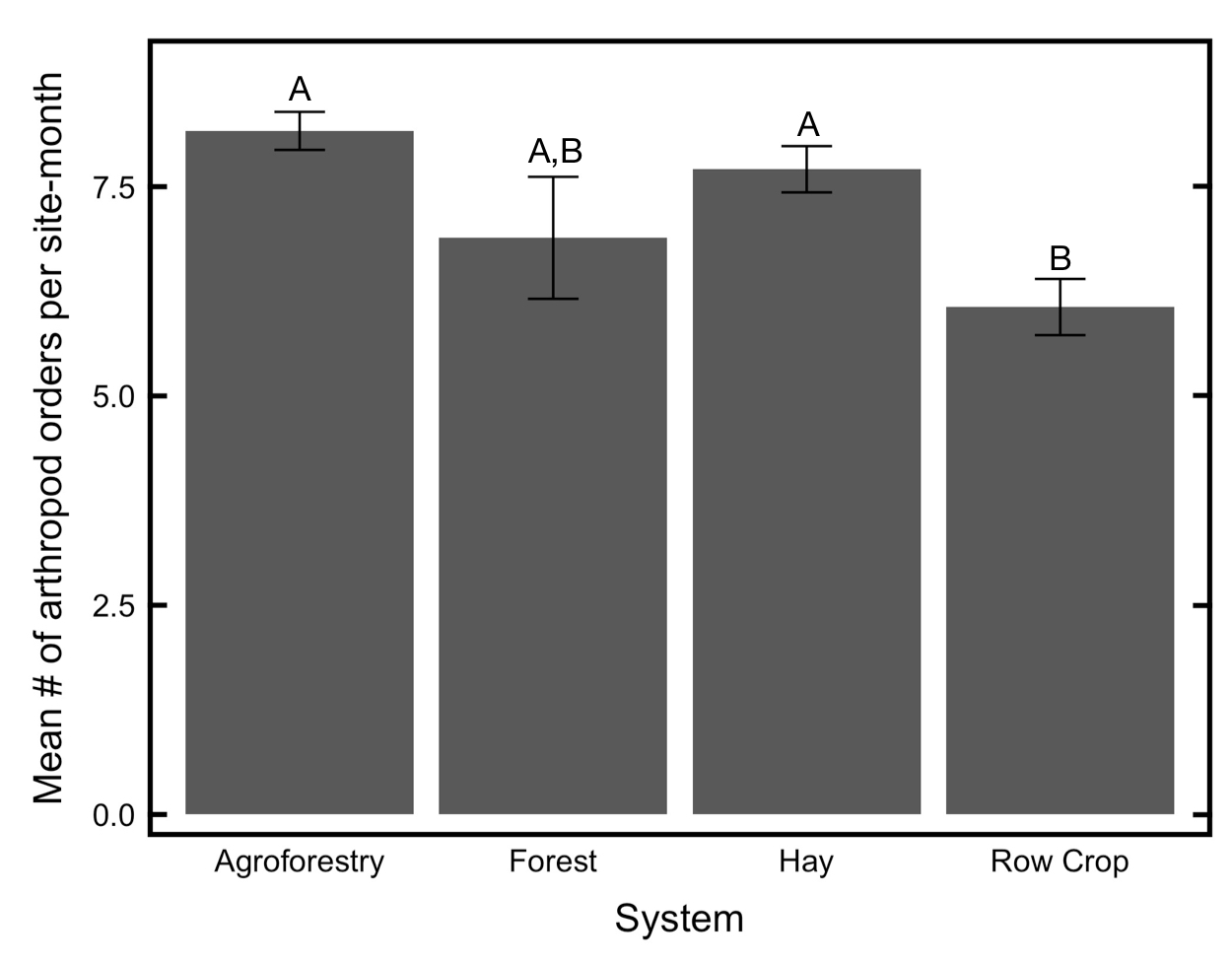
Figure 8. The mean number of arthropod orders per site-month in each of the four land-use systems studied. All months were average together for each site-year, and site-years taken as the unit of replication. Systems with the same letter are not significantly different.
Beyond diversity, arthropod abundance varied dramatically across land-use systems. Hay and DA were similar in both overall abundance and community composition in 2015 and 2016 (Figure 9). Similarly, forest and row crops were similar in both overall abundance and community composition, although both systems had much lower abundance that hay or DA. The similarity between forest and row crop communities was unexpected, although might be explained by the relatively small forest fragments that were available for study within a landscape context dominated by maize and soybean. In 2015, Diptera and Hymenoptera were the two most common arthropod orders observed, whereas Collembola and Thysanoptera were most abundant in 2016.
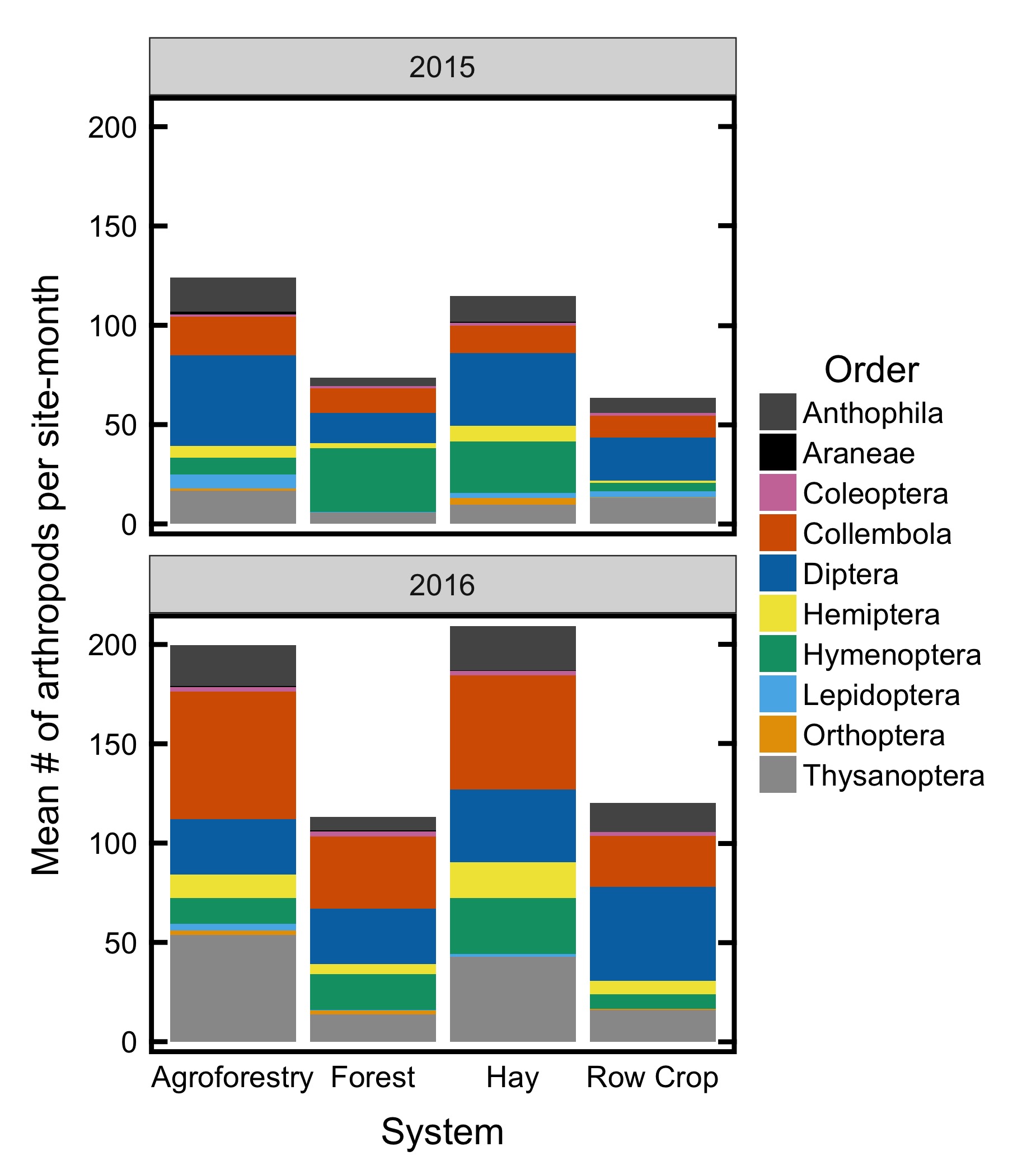
Figure 9. Mean abundance of arthropods per site-month in each of the four land-use systems studied. All months at all four sites were average together for each year.
Management approach within DA systems was also observed to affect the abundance of some arthropod orders. On average, low-labor farms hosted over twice as many bees (Anthophila) compared to high-labor farms (ANOVA, p < 0.05). One possible driver for this is that low labor farms typically harbored a much higher abundance and wider diversity of weeds, which can contribute substantial numbers of available flowers to the system. At the same time, the low-labor farms hosted less than half as many flies (Diptera) compared to high-labor farms (ANOVA, p < 0.01). These contrasting results suggest that DA management approaches can differentially impact the abundance of arthropods within various phylogenetic orders. The only arthropods significantly affected by the level of farm inputs were thrips (Thysanoptera), which were almost three times more abundant in the low-input farms (i.e. less to no herbicide) compared to the high-input farms (ANOVA, p < 0.05). Thrips are generally herbivores, puncturing plant leaves and sucking out the contents. As for the bees, a likely reason for the higher thrip abundance in low-input farms is the higher weed biomass.
Overall, it is quite impressive that both arthropod diversity and abundance were higher in the young, establishing DA systems than both forest and row crops. While higher insect diversity is will-documented in mature agroforestry systems, a positive shift in diversity within just the first 1-2 years after establishment is a very impressive sign of their capacity to foster biodiversity. In addition, it is interesting to see that the community composition of the DA systems is most similar to the community present in the hay systems. This makes sense since the herbaceous ground cover is the dominant component of plant biomass in the early years of DA systems, and is often of similar species composition to the adjacent hay communities. Results also suggest that variations in management approach within DA systems affect insects, particularly bees and flies. Future research should evaluate the relationships between labor and input class, insect abundance, and yield outcomes as more data is available.
Educational & Outreach Activities
Participation Summary:
Timelapse Photography
Weatherproof timelapse cameras were placed at each cooperating farm and took photos daily throughout the project. These photos were then pieced together to great impactful visuals of how DA systems develop over time. The timelapse cameras will continue to capture this valuable educational asset even after the completion of this project. Assembled timelapse videos to date are available on a new page on the Savanna Institute website: http://www.savannainstitute.org/timelapse-videos.html.
Results Dissemination
Field days were held annually at each participating farm, with tours led by the farmers and conversations led by Savanna Institute staff (Figure 10). At each field day, as well as at three Savanna Institute field days on other farms, we introduced the DA systems and provided an overview of this SARE-supported study. Attendees were provided with light refreshments and time to develop relationships among themselves. Field day announcements and photos following the events were shared on social media and via the Savanna Institute newsletter. At the on-farm field days, ~100 attendees observed the DA systems included in this study and learned about the project. We have witnessed many new collaborations form as a result of introductions made at on-farm field days. Furthermore, at the Savanna Institute’s annual Farmer Gathering in February 2017, Savanna Institute staff presented to ~60 attendees about the results of this study.
A bulletin summarizing the results of this project was also created to provide a farmer-friendly overview. This bulletin has been distributed via the Savanna Institute newsletter, to network collaborators across the Midwest, and is available on the Savanna Institute website. In addition, the results bulletin has been printed and will be distributed at the 2018 annual Farmer Gathering as well as at all Savanna Institute field days in 2018.
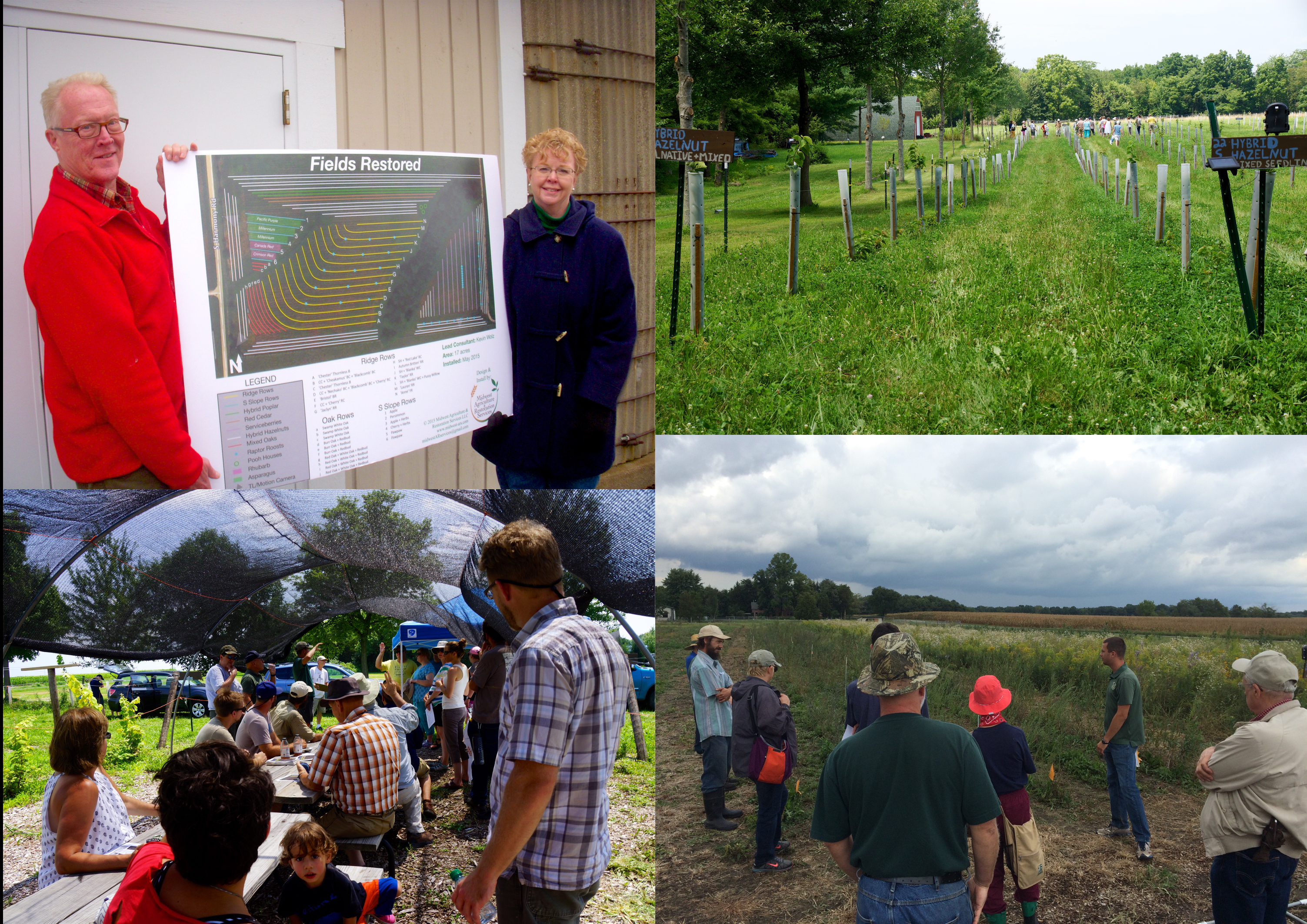
Figure 10. Representative photos from field days at the collaborating farms.
Project Outcomes
Outcomes & Impact
This project serves as a first step in exploring the input/management tradeoffs in DA systems and will support informed decision-making for current farmers and potential adopters. Moreover, the knowledge gained of critical pests, arthropod communities, and monitoring methods will support management decisions and appropriate future studies in DA systems. Furthermore, the documented benefits of DA on arthropod communities will serve to educate the public for policy and marketing efforts.
The results of this project have already spurred conversation among the cooperating farmers and many other Case Study farmers around adjusting their input/management strategies. The increased capacity of the Savanna Institute Case Study Program stimulated by this project has also motivated increased farmer participation and expanded the program into a vibrant community of practice.
In the long-term, we hope that our research results and multi-faceted educational approaches will serve to improve the viability of DA-based farms and help drive adoption across the North Central Region. The research protocols, findings, and relationships developed in this project are already allowing the Savanna institute to expand its horizons and establish collaborations with researchers at several land grant universities.
Acknowledgements
The Savanna Institute thanks our two field interns, Dane Hunter and Alex Hiatt, for their hard work in visiting the farms and collecting data. In addition, we thank our entomologist intern, Alessa Laserna, for her diligent work classifying insects in the lab. We are grateful for advice and support from Adam Kranz and Dr. James Miller on experimental design and generously sharing lab space and equipment. Finally, we thank our hard-working Case Study farmers who participated in this project and continue to support the value of research and education in agroforestry in the Midwest: Cathe Capel, Kate Potter, Marcia Powell, and Scott Williams.